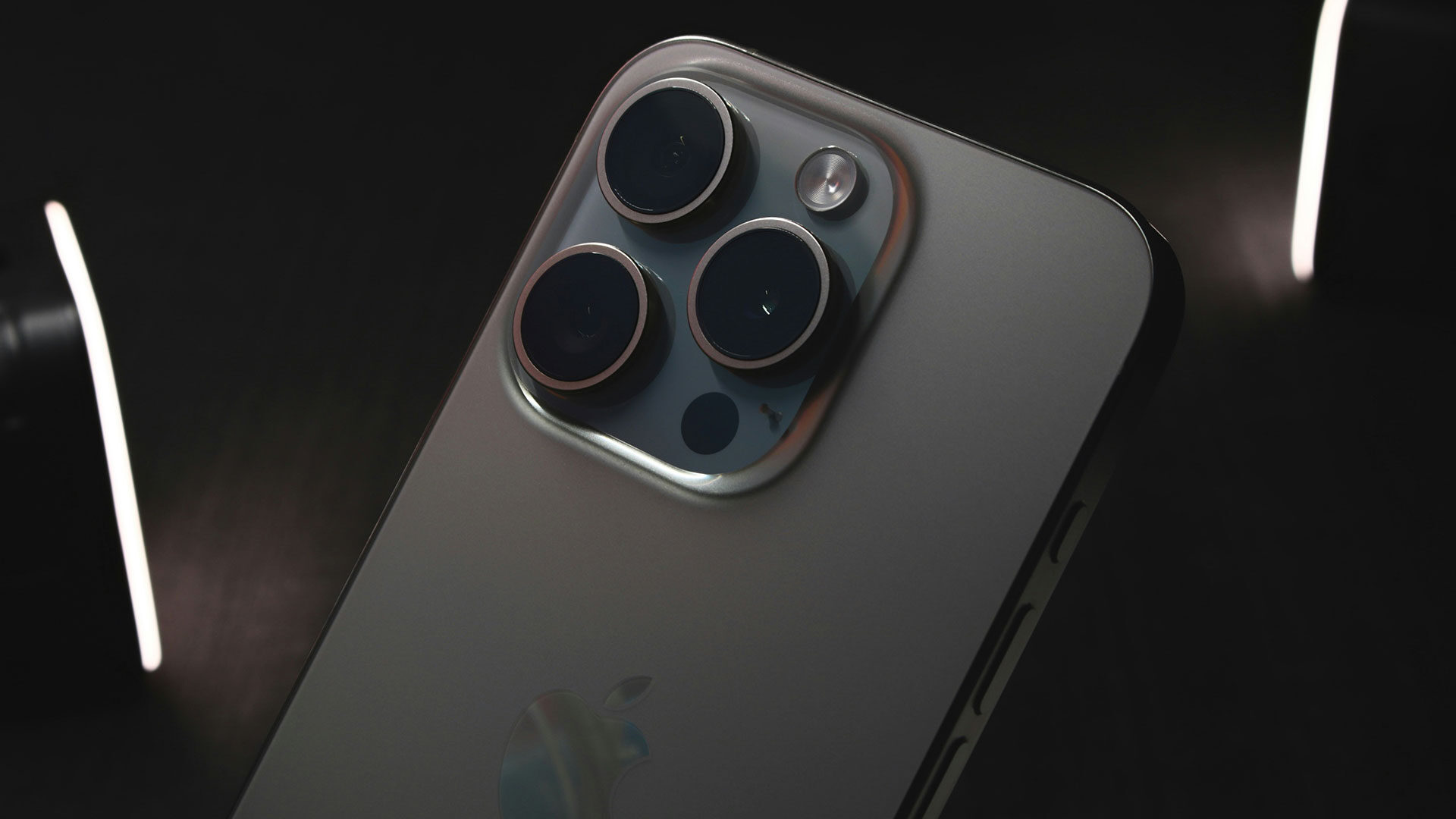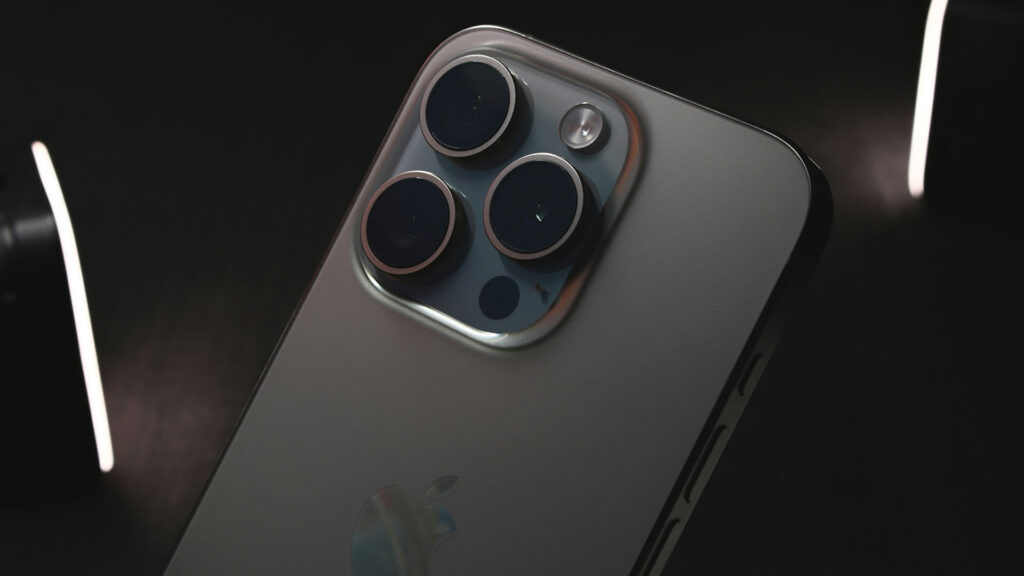
In today’s fast-paced digital world, mobile applications have become an integral part of our lives. From social networking to communication, banking to shopping, there is no field left that mobile applications have not covered yet. All our operations of daily life have been transformed digitally, and for each of them, there’s an app available in the market today. Our adaptation of this technology happened so fast that we didn’t even realize how quickly we became dependent on it. Modern applications have opened a vast field of possibilities for every action that we can take.
But when it comes to the operating systems that host these applications, there are mainly only two, Android and iOS. Any mobile application that is aimed at fetching customers must function well on these two operating systems. Hence, testing these apps is of paramount importance for them. If you are reading this article, then we assume that you are currently building an app for your company and exploring different ways to enhance its quality.
If you want to cover the whole market, you must test your app in the above-mentioned platforms, Android and iOS. But their testing methods have different strategies. What works for one may not work for another. This is what we will uncover in this article to give you a clear understanding of the difference between testing apps on Android and iOS.
Overview of Android and iOS Platforms
Android is the most widely used OS platform in the world for mobile devices. It is made by Google. It powers mobile devices of companies like Samsung, Xiaomi, or OnePlus. Because of being able to host different companies’ devices, this has gained more popularity than any other mobile OS available in the market today. It is flexible with its hardware requirements and integration with many devices. If you are developing an app, it must work on Android while being compatible with different devices, OS versions, screen sizes, and resolutions. Because of such diverse usage possibilities, testing becomes complex.
iOS, on the other hand, is a specific OS built by Apple to work on its own devices, the iPhone and iPad. It works in a closed ecosystem, as the company manufactures its own devices on which this platform runs. It is not compatible with any devices other than those made by Apple. Because of being such a specific environment, testing is much simpler for apps on iOS. The hardware requirements are predictable with regular updates and OS versions.
Understanding the core differences in the features of these two OSs helps developers and testers align their testing strategies. Android requires a more fragmented approach, while iOS requires testing in a controlled environment.
Key Differences between Android and iOS Testing
While their compatibilities with devices have been discussed above, which have a direct impact on testing, there are several more differences that one must consider while testing on these two platforms.
Testing Environments
The key difference between the testing strategies of both platforms comes in the environment in which the apps are being tested. For testing Android apps, you may use emulators or real devices. Emulators can cover basic test cases by simulating different kinds of configurations of devices. But none of the emulators can completely replace the need for testing on real devices.
When you test your app on Android in real-world settings, further points are uncovered. There are so many different devices that use Android, and hence, emulators would not be sufficient for all of them. Android Studio is one of the most popular tools for testing and developing apps that you can use.
When it comes to testing on iOS, simulators may seem sufficient because of the limited number of devices that host iOS. This makes the job of a tester much easier. Xcode is one such tool, Apple’s official IDE, that offers integration with testing frameworks and debugging tools.
App Installation and Deployment
There is a significant difference between how apps are installed and deployed in Android and iOS. Android apps are deployed through APK files in a package. Testers can either install an app on their local device or distribute it through Google Play’s internal testing channels. Through these channels, testers can check if the deployment is successful, and others can access the apps properly.
iOS, on the other hand, has a more restricted deployment process. It uses IPA files. For beta testing, testers can use TestFlight, which is an Apple’s official testing platform, for testing the app’s deployment and installation on iOS devices. Once approved, the apps can be deployed on App Store, but that requires careful planning, signing certificates, and deployment timelines.

Automation Testing
Automation testing is one of the most widely used approaches these days. It ensures faster testing with better coverage. Since the Android platform can be run on a wide range of devices, its automation testing is a bit more complex. An automated testing tool must provide all the possible configurations, like OS versions, screen resolutions, and multiple devices, for testing the app. Mobile app testing software like testRigor, can cater to this need quite effectively.
Automation testing on iOS is much simpler because of the restricted number of devices. However, it requires careful management for Apple’s signing and provisioning requirements.
While the functional testing of the apps is similar for both OSs, the differences lie in the devices and system-related configurations. Automation strategies and deployment processes are different for both and must be considered while testing. Android testing would require a more thorough and longer approach because of the diversity of the devices. A dedicated time must be allotted for Android testing.
While for iOS the controlled environment simplifies testing, the complexity arises in its deployment rules that must be strictly followed. Once you learn the differences in testing approaches for both platforms, it will help you more in the long run. These are the two most dominant players in the market, and once you add this experience to your resume, it can boost your career profile.



